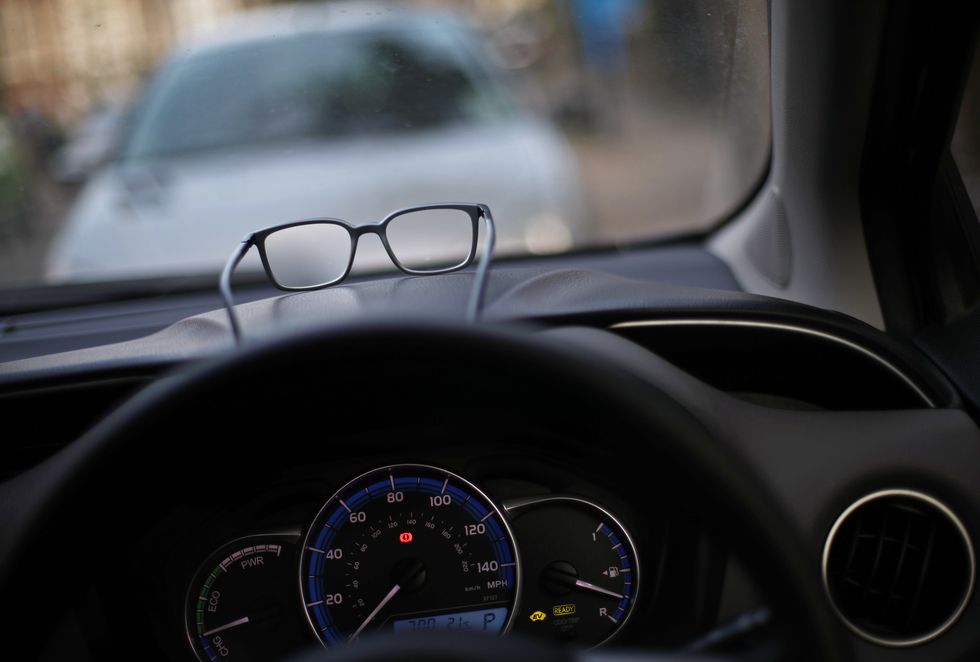Elderly motorists face 'more difficult' driving conditions under new plans to change eyesight tests

Recent research has found that 85 per cent of drivers said they were affected by headlight glare
Don't Miss
Most Read
Latest
An expert has warned that new driving law proposals may have an adverse effect on elderly drivers and those with vision issues.
The Driver and Vehicle Standards Agency (DVSA) Business Plan 2023-24 outlines how the Agency is considering whether changes should be made when taking a driving test.
Learner drivers are required to read out the letters and numbers from a standard licence plate from 20 metres away before they start the test.
This is done to ensure they have an acceptable standard of vision and are fit to drive on the road by seeing any potential hazards in front of them.
Do you have a story you'd like to share? Get in touch by emailing motoring@gbnews.uk

Elderly drivers could be particularly at risk on the roads at night
|GETTY
The DVSA said it would engage with the DVLA’s Medical Panel to ensure that any new procedures meet the current standards.
The Business Plan stated any potential changes were the subject of a public consultation with most respondents supporting more flexible proposals.
It added: “The aim of the change is to provide more flexibility about when the driving test is conducted and in different levels of light.”
Tina Patel, contact lens optician at Feel Good Contacts, commented on the new proposals, saying it would benefit some motorists but hinder others.
She said: “The current eyesight test for driving does not take the driver's night vision into consideration, peripheral vision, depth perception or colour vision. These aspects are considered essential for safe driving.”
However, she warned that any new restrictions could have an impact on older drivers and their ability to drive at night, which can sometimes be compromised.
Recent data from the RAC found that around 85 per cent of all drivers said they were affected by headlight glare, with elderly drivers being particularly at risk of being dazzled.
Tina Patel continued, saying: “Ageing can affect night driving in several ways. As we age, our pupils don't dilate as much in the dark and shrink, this reduces the amount of light entering the eye, making it harder to see clearly at night.
“The cornea and lens within the eye become less clear as we age, causing light to scatter and increase glare.
“This can also lower contrast sensitivity, which is the ability to see subtle differences in bright light. This can make it difficult to see things on the road at night.
“Testing an elderly person’s vision in low light could be more difficult for them compared to a young person with healthy eyes.”
Many new cars use LED headlights as they can provide a clearer view of the road in front of them, although they can cause issues for other road users.
LATEST DEVELOPMENTS:

The DVSA is looking into changing eyesight rules when taking a driving test
|PA
According to the RAC, an LED light has a much more “intense and focused beam” that the human eye reacts differently to, especially when compared to traditional “yellower” halogen bulbs.
Too much bright light can hurt people’s eyes by causing glare and eye strain, as well as affecting the quality of sleep someone may receive, potentially making them more dangerous on the road.











